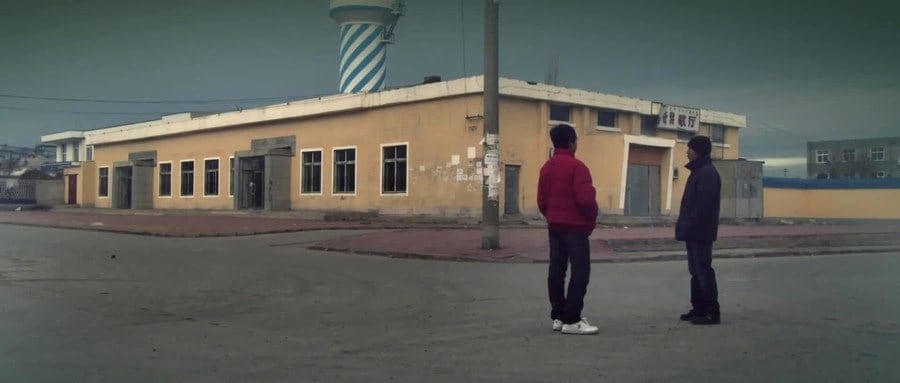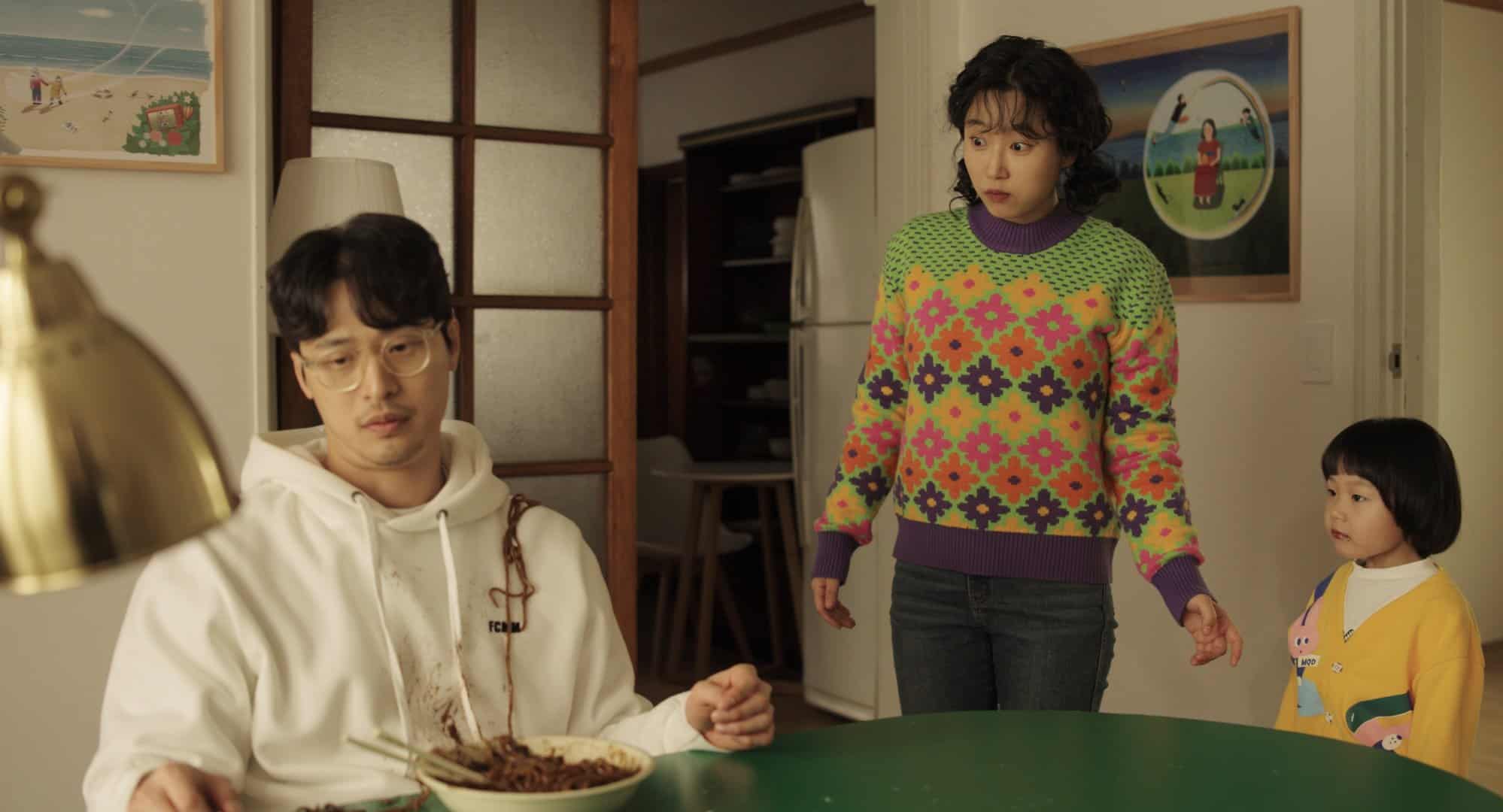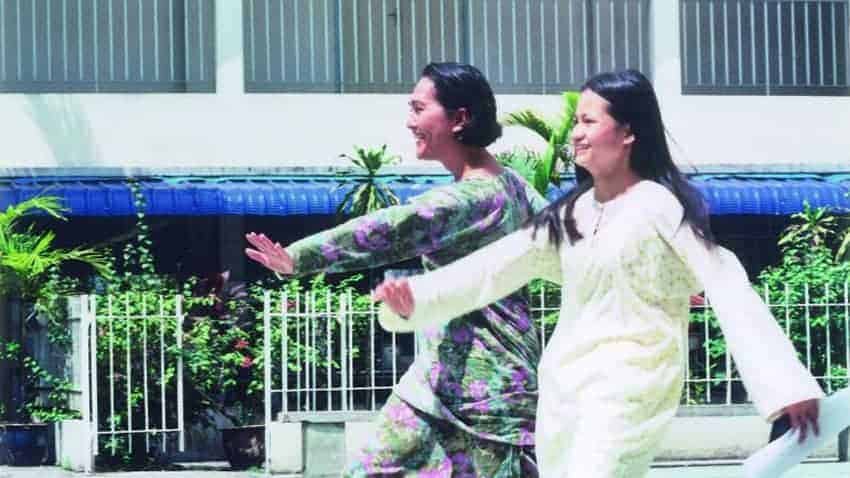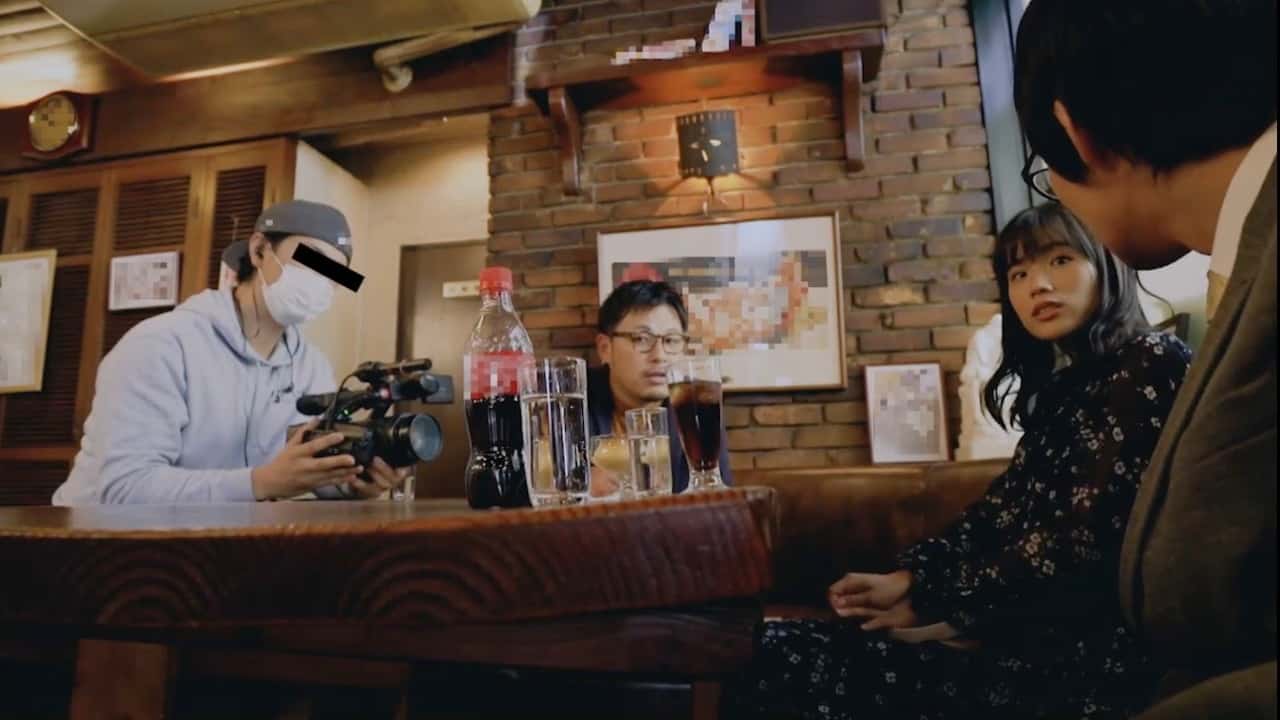After the positive reception of the first “Samurai Wolf”, fans of the “Furious Wolf” did not have to wait long for the sequel, which was released just one year after the first feature, again starring Isao Natsuyagi as the titular hero and with Hideo Gosha as director. While the two movies about the wandering ronin may not be the director's most commercially successful works at the time, perhaps due to the over-saturation of the market at that point in the 1960s, but there are most certainly in the same league as the “Zatoichi”-series or the tales of “Lone Wolf and Cub”. However, as with many sequels within the chanbara genre, Gosha not only built this new feature on the qualities of its predecessor, but also aimed to tell a new story including such themes as corruption, greed and betrayal, which is much more complex and contains some quite interesting characters.
Samurai Wolf II: Hell Cut is screening at Metrograph as part of the Hideo Gosha x3 program
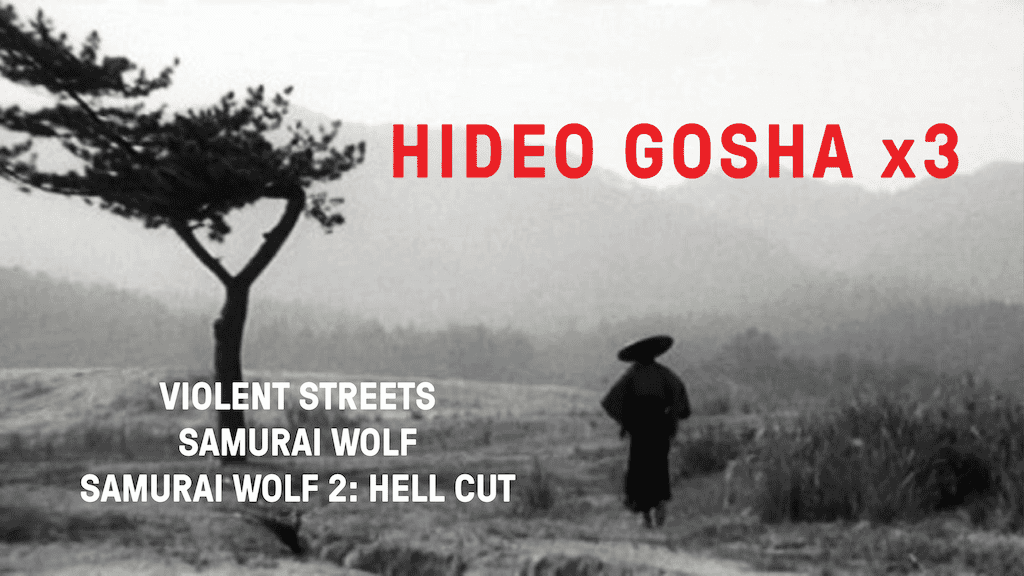
Kiba (Natsuyagi), nicknamed “The Furious Wolf”, is again wandering the Japanese countryside as he stumbles upon a group of swordfighters harassing a young girl named Oteru (Rumiko Fuji), who is obviously in a great deal of pain and afraid. After recusing her, she flees into the nearby mountains, leaving Kiba wondering what just happened and whether the girl thinks of him as just another attacker. Later on, he joins an escort, whose mission is to bring three prisoners to the next town and into the hands of justice. Among the people in wooden cages is another ronin, who reminds Kiba of his own father, a wandering swordsman who made a living challenging dojos, so he decides to help the guards who are soon attacked by bandits.
It becomes clear to Kiba the other swordsman was the target of the attack, so he learns of a gold mine, guarded by a group of bandits and their leader, a man named Higasa, who once betrayed the imprisoned ronin. As he helps the prisoner escape, Kiba ignites a cycle of violence and bloodshed, which also involves him as the men he killed earlier were part of a dojo, whose master has sent his students after The “Furious Wolf”. He also realizes the girl he rescued is the daughter of the Higasas, and therefore a member of the family the now escaped samurai has sworn to kill.

While the first feature was more in line with the kind of chanbara movie common at the time, following a rather simple narrative and concentrating on establishing the main hero as well as the sword fights, the second feature is in many ways much more ambitious. The script written by Norifumi Suzuki, Kei Tasaka and Kiyoko Ono (again based on an idea by Gosha himself) is, especially in the second part, split as it follows the stories of many characters, with Natsuyagi occasionally even playing second fiddle. However, what appears to be complex is rather unnecessarily complicated at times, getting in the feature's way of delivering what would have been a more dynamic narrative in some places. There is also the issue with the “side”-narrative of the dojo's master and his students feeling dishonored, which, albeit resulting in a few impressive sword fights, feels somewhat redundant.
However, none of the aforementioned aspects makes “Samurai Wolf II” a bad movie by any means. Similar to its predecessor, it shows various characters driven by greed and their thirst for revenge, some of them being indeed quite complex and well-acted, such as Rumiko Fuji's Oteru or Yuko Kusunoki in the role of Oren, another one of the prisoners, whose manipulative and cunning nature makes her possibly one of the best characters in the sequel. At the same time, the attempt to deliver more depth to the titular character, especially with the addition of flashbacks to his childhood and his final days with his father, is well-meant but often feels it takes away some of the mystery surrounding this character.
As mentioned before, “Samurai Wolf II”, as true chanbara, contains some well-choreographed and -shot fight scenes. Whereas its predecessor would rely heavily on slow motion, Gosha and his team use the background, for example, the weather to great effect, with the fight in the rain, in front of a temple (?) easily being one of the best fight scenes in the entire series. Also, the final battle, which rages on for quite a long time, is very tense and, in terms of fight dramaturgy, wonderfully staged and executed.
In conclusion, “Samurai Wolf II: Hell Cut” is a chanbara which is much more ambitious than its predecessor. While this does not work in all areas, especially in terms of storytelling and character development, its sword fights, its cast and Sadaji Yoshida's cinematography make this a great viewing experience for fans of the genre.



